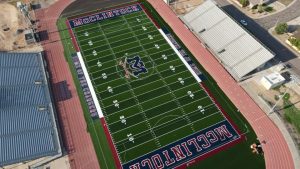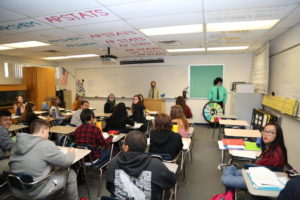Innovation #1 is Recruitment #1
May 11, 2017
Full Disclosure: This is not applicable in a certain sense because of the lack of randomization however for the sake of this article, the statistical conditions are being blatantly ignored.
I attend a gifted program, a program filled with some of the brightest minds in Arizona. We have kids go everywhere, Harvard, Stanford, MIT, you name it. But there’s always a very large amount of kids who chose not only to stay in state, but attend the college that lives practically in their backyard.
So I took data from the last four graduating classes (mine included) and decided I’d take a look at the information and maybe try and predict what percent of people will attend ASU in the future based on these numbers.
2017- 25/51 .49
2016- 17/42 .40
2015- 24/41 .59
2014- 19/30 .63
Right off the back we’re looking at a range of .23 or anywhere from 40-63% of students attending ASU. We can’t tell anything about this really because of the lack of numbers I have but it appears to have some distance.
The mean of these numbers is .5275, or just over half. But still, over half of all students attending one college? You have to wonder what’s pulling them there vs another instate option or the wonders of the world outside of our beloved Arizona. Or even how many of them tried to get outside and didn’t get in or were unable to afford it.
I’m not one of these kids so I can’t say.
But I can try and predict, with 95% confidence, the proportion of students that will likely attend ASU after graduation.
Here we go:
using a one sample z interval with a mean of .5275, standard deviation is .0895
the interval comes out to be (.43979, .61521)
Therefore we can say, with 95% confidence that the true proportion of students who will attend ASU after graduation is between .43979 and .61521.
So it’s not quite the small precise interval I wanted to see but it’s really cool to think that so many of our kids chose the same school, regardless of the reasons.



